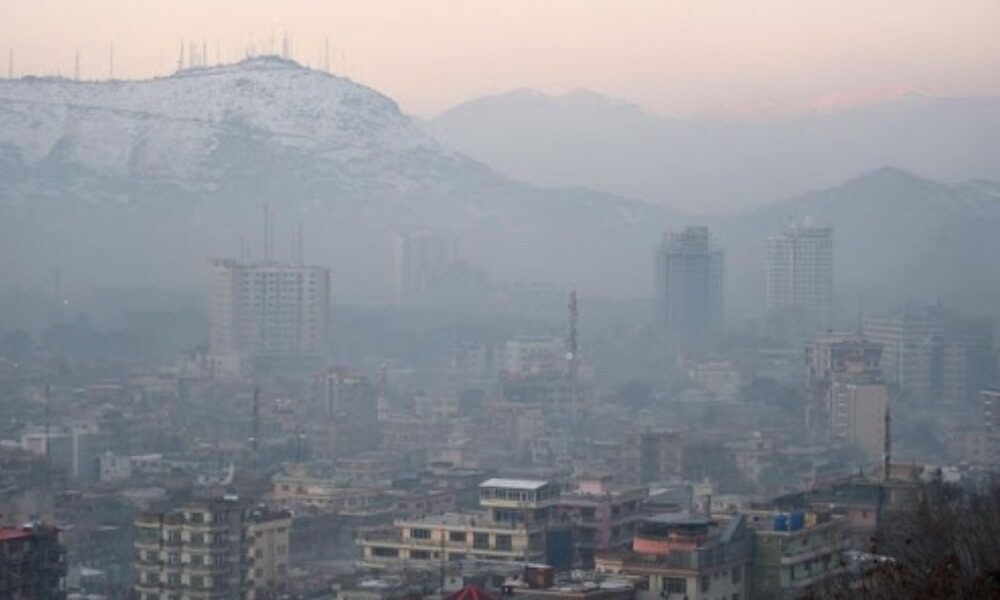Latest News
Afghanistan ranked as one of the most vulnerable countries to climate change

(Last Updated On: )
Afghanistan has been ranked eighth out of 170 countries for its vulnerability to climate change over the next 30 years, with 59 percent of the population affected by climate shocks compared to 19 percent suffering from security related shocks.
Working in collaboration with a number of organizations and government agencies, ActionAid and Climate Action Network South Asia (CANSA) published its latest report Climate Change Drives Migration in Conflict-Ridden Afghanistan on Thursday and said for every one million inhabitants, 1,150 people die in Afghanistan every year, half of them from weather-related and geophysical events.
The report stated that the country’s low level of socio-economic development, combined with rising levels of insecurity, make people extremely vulnerable to disasters.
As a result, Afghanistan sees frequent loss of lives, property and livelihoods.
At the end of 2019, Afghanistan had 1,198,000 people displaced internally as a result of disasters, more than any other country.
The drought in 2018-19 affected more than two-thirds of Afghanistan, displacing over 260,000 people and leaving about 9.8 million people in food crisis.
The number of people affected each year by flooding could more than double by 2050 due to the combined effect of climate change and poor socio-economic growth, the report read.
The study found that climate change predictions for Afghanistan reveal an increase in temperature that will have dramatic impacts on the country’s agricultural production, water availability and food security.
An average warming of 1.5°C until 2050 will severely affect agriculture, water resources, ecosystems, food security, health and energy production, read the report.
The report also warned that a higher increase in temperature will likely completely change the environment and current ecosystems, which would devastate the economy and the food security of the rural majority.
The Humanitarian Needs Overview 2020, by the UN Office for the Coordination of Humanitarian Affairs (UNOCHA), states, “Conflict remains the main driver of displacement, however natural hazards (both slow and sudden onset) also contribute to, and trigger population movements.
“Afghanistan is highly prone to natural disasters, whose frequency and intensity are exacerbated by the effects of climate change,” the report read.
There can often be multi-faceted reasons people move in Afghanistan including economic migrants.
However, the report states that people are likely to be classed as economic migrants when they move from rural areas to urban centres, seeking better employment and income opportunities.
“The reasons could be because their land is no longer productive after multiple floods, or their crops have failed for the past few years because of drought. These are impacts of climate change but the resulting displacement may not be attributed to climate change,” read the report.
“Often critical contributing factors, many of which can be linked to climate change, result in migration,” it stated.
It also noted that institutional arrangements in the country for climate induced migration primarily focus on disaster response but that there is a need for a vision to address the long-term effects of climate change.
“The emphasis is on the immediate response to climate-induced loss and damage, rather than on climate change mitigation or adaptation.”
“Afghanistan lacks a well-resourced and broad national development programme to address the impacts of climate change and prepare for the future challenges,” read the report.
Although Afghanistan has a number of policies for migration, disaster response and the environment, it does not have well established policies for migration through climate change.
